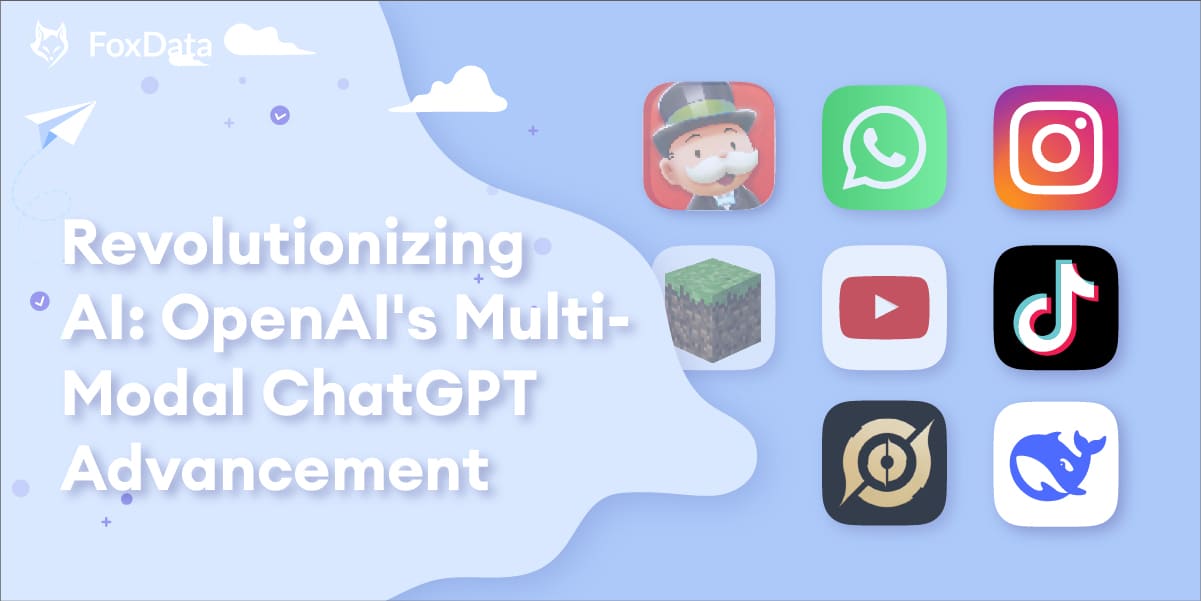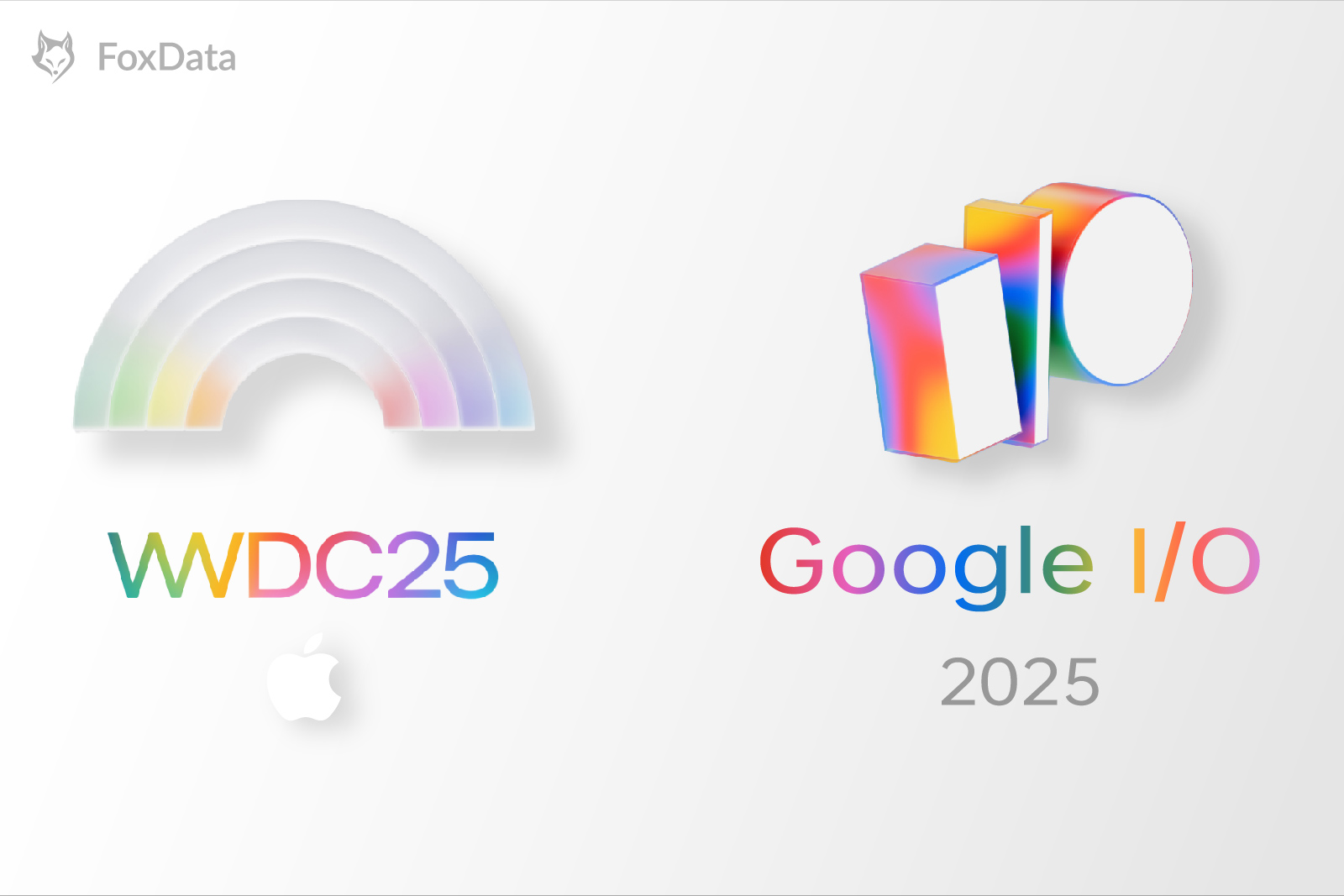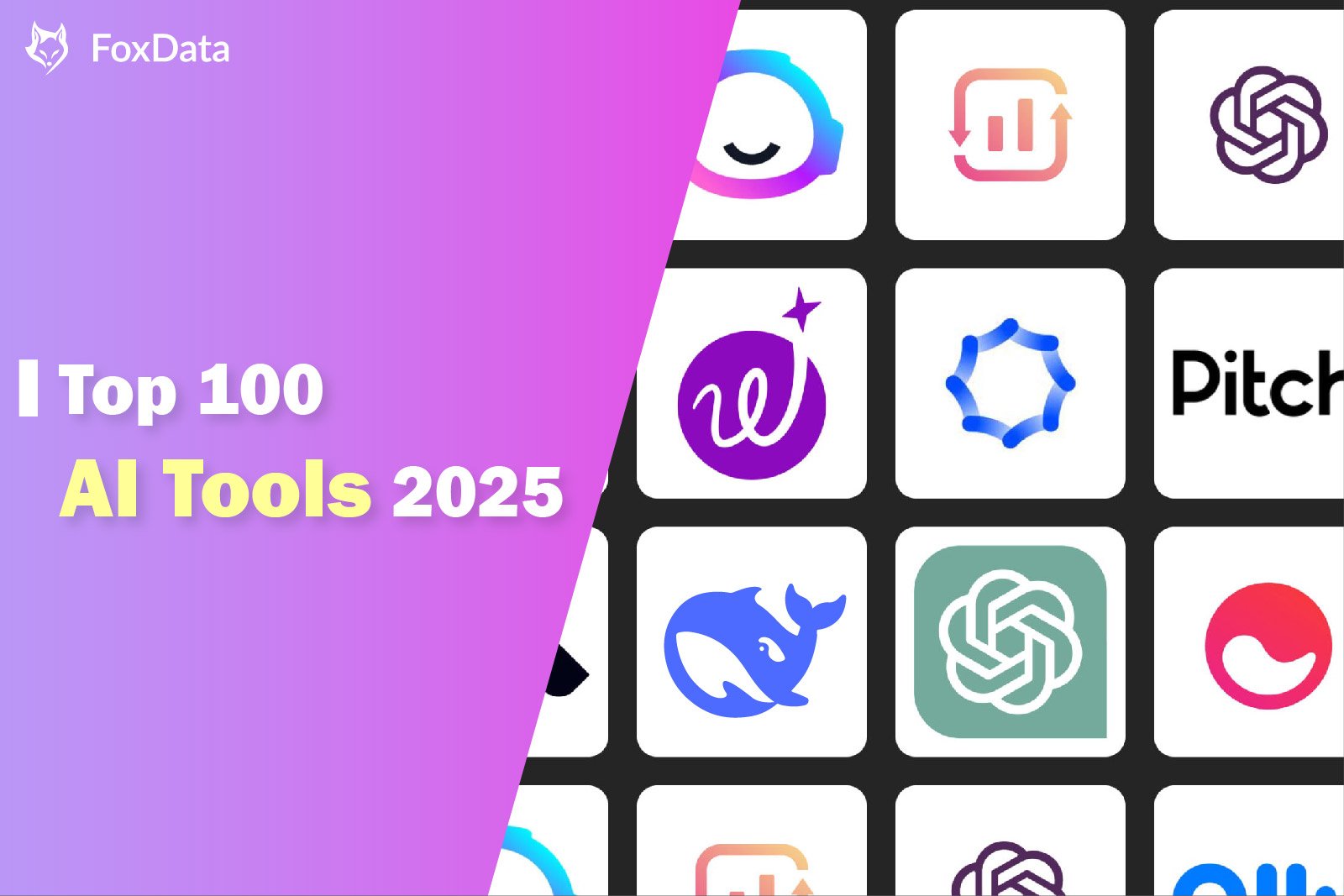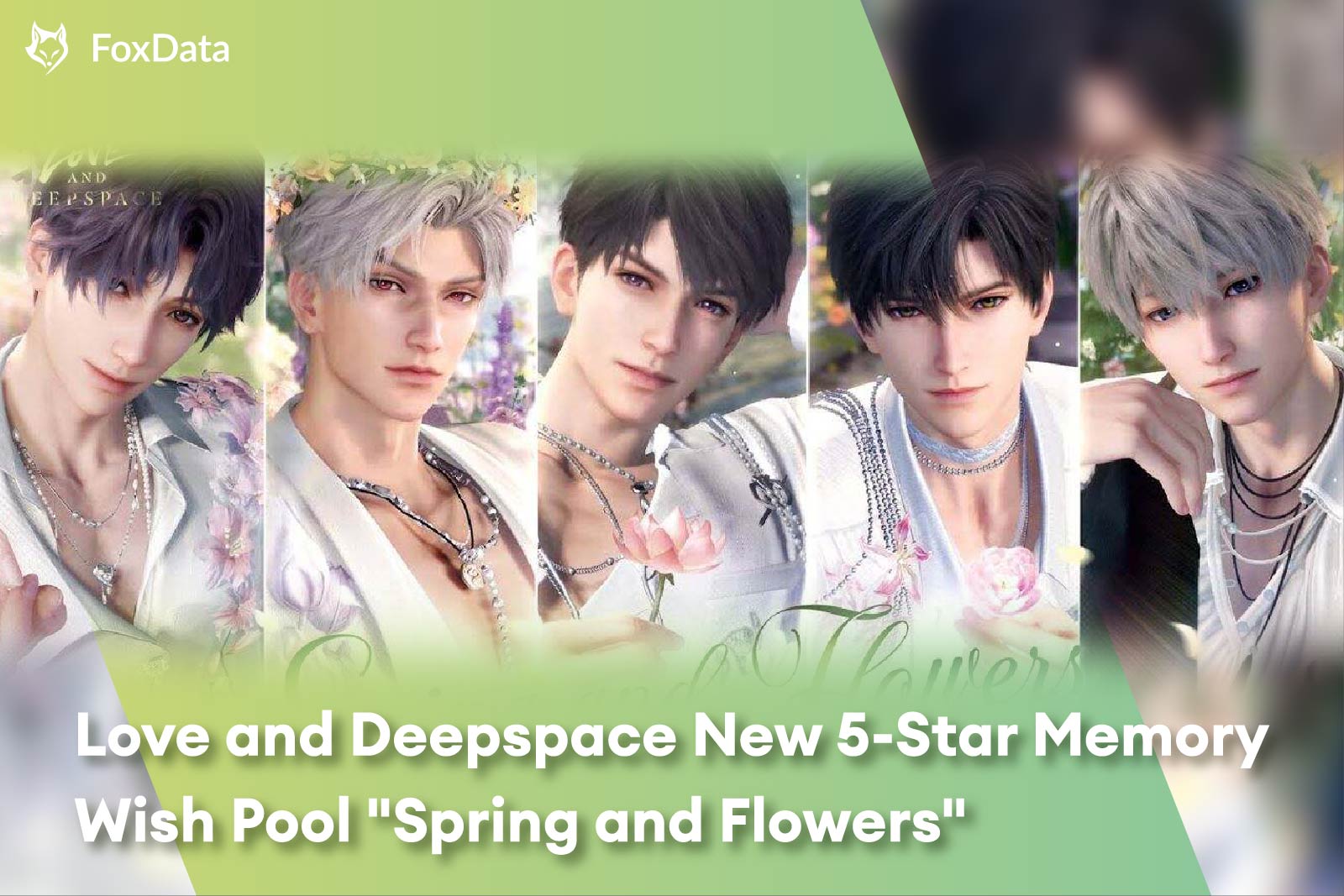Introduction
The realm of artificial intelligence has seen a remarkable evolution, transitioning from simple text-based systems to advanced tools with multifaceted capabilities. OpenAI's latest enhancement to ChatGPT marks a significant turning point in this journey. Originally conceptualized as a text-generated conversation tool, ChatGPT has now evolved into a sophisticated entity capable of generating images and responding to voice and video inputs.
The Evolution of ChatGPT
ChatGPT's journey began in late 2022, grounded in a profound understanding of vast text data culled from the internet. This foundational model was designed to navigate conversations, craft poetry, and even write coherent programming code. However, during its initial phases, the capability to generate visual content was absent.
Fast forward to a year later, and OpenAI introduced a groundbreaking advance with DALL-E, an image-generating AI. Initially operating as two independent systems, ChatGPT and DALL-E presented a powerful duo in the AI landscape. The integration of these technologies under a single umbrella represents a pivotal enhancement, providing a unified platform that can simultaneously manage both textual and visual data.
Harnessing Multi-Modal Capabilities
The new iteration of ChatGPT, known as GPT 4-o, integrates a range of skills that transcend simple text generation. This development paves the way for users to issue complex commands involving diverse elements, such as detailed descriptions for creating images or complex voice interactions. An example that highlights this innovation is the system's ability to create a comprehensive four-panel comic strip based on meticulous user descriptions, including specific dialogues and panel arrangements.
Traditionally, AI-powered image generation systems faced significant challenges when tasked with creating unique or abstract compositions—a request as simple as designing a bicycle with triangular wheels could stump past algorithms. The current advancements, however, overcome these limitations, showcasing an ability to blend various concepts creatively and effectively.
Integration and Accessibility
OpenAI's commitment to accessibility means that this advanced version of ChatGPT is available to a broad audience, including both free and paid users. Subscribers to ChatGPT Plus enjoy the new features for a monthly fee of $20, while those opting for ChatGPT Pro, at $200 per month, are granted full access to OpenAI's latest offerings.
The fusion of text, image, and voice synthesis underlines an era where intelligent systems are seamlessly capable of operating across multiple modalities, breaking traditional barriers set by earlier AI limitations. This integration not only enriches user interaction but also expands the potential applications across various industries—from creative sectors such as graphic and comic design to complex technical fields requiring advanced data visualization.
Implications and Future Prospects
The advent of such a multi-modal AI tool unlocks a myriad of opportunities. Educators could potentially leverage this technology to create engaging and interactive educational materials, while designers might use it to surpass creative bounds previously limited by traditional software capabilities.
Furthermore, the enhancements in voice interaction mean that devices equipped with ChatGPT's latest version can potentially revolutionize the way users interact with technology—enabling more natural, intuitive interactions that mimic human communication.
As OpenAI continues to push the envelope on AI capabilities, the implications for future advancements are vast. The merge of textual, visual, and auditory data processing within a singular tool could redefine AI's role in everyday life, leading to innovations in fields as diverse as customer support, automated content creation, and even personalized entertainment experiences.
Conclusion
OpenAI's strides in evolving ChatGPT into a multi-dimensional tool underscore the constantly widening horizons of artificial intelligence. By integrating these capabilities, OpenAI not only reaffirms its leadership in the AI space but also sets new benchmarks for future developments. The versatile ChatGPT model is a testament to the transformative power of AI, heralding a new chapter where technology becomes increasingly aligned with complex human needs and creative endeavors.
All content, layout and frame code of all FoxData blog sections belong to the original content and technical team, all reproduction and references need to indicate the source and link in the obvious position, otherwise legal responsibility will be pursued.
 Reviews Management
Reviews Management  User Activity Monitoring
User Activity Monitoring  User Retention Analytics
User Retention Analytics  Global Market Research Top Charts Trending Apps Bidding Keyword Analysis Ad Creatives Analysis AI App Marketing
Global Market Research Top Charts Trending Apps Bidding Keyword Analysis Ad Creatives Analysis AI App Marketing  Keyword Tools Rating & Reviews Tools App Marketing Research Store Insights Est. App Downloads Est. App Revenue App Data Analysis
Keyword Tools Rating & Reviews Tools App Marketing Research Store Insights Est. App Downloads Est. App Revenue App Data Analysis 







